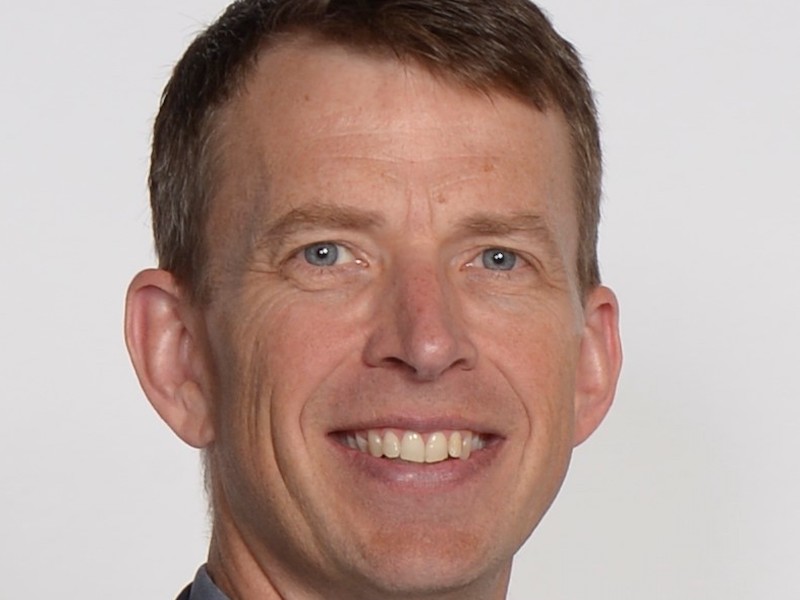

The College of Arts and Technology pension plan’s assets dropped 2.3 per cent while its funded ratio on a going-concern basis remained at 124 per cent in 2022, according to its annual report.
“With CAAT, members don’t have to worry about every market dip and blip,” wrote Derek Dobson (pictured), the multi-employer pension plan’s chief executive officer and plan manager, in the annual report’s foreword. “Their retirement savings are backed by a strong track record of prudent management to fulfill every pension dollar promised, no matter the circumstances.”
Last year, the combined value of the CAAT’s DBprime and DBplus assets, which are invested as a single entity, fell from $18.22 billion to $18.19 billion, while its funding reserves grew from $4.4 billion to $4.7 billion.
Read: CAAT raising DBplus pension factor for calculating benefit payments in 2025
“Healthy reserves reinforce benefit security, so members can be confident that the plan will continue granting enhancements like conditional inflation increases — as it has done every year since the feature was introduced in 2007,” said Dobson.
On a 10-year annualized basis, the pension plans’ assets have grown by 9.7 per cent per year. Last year, its performance was led by its allocation to commodities, which generated 35.1 per cent returns, followed by private equity, which generated 11.4 per cent returns.
The plans’ greatest losses were in its fixed income allocations. The value of the CAAT’s long-term bond portfolio fell 22 per cent, while its real return bond holdings lost 13.9 per cent and universe bond allocation fell 11.6 per cent.
The plans’ public market investments also faced significant losses, with its allocations to developed market global equities falling 6.1 per cent and its emerging market equities dipping 14.2 per cent.
The report attributed the commodities portfolio’s gains and the global equities portfolio’s losses to the same cause — Russia’s invasion of Ukraine in February 2022. “The onset of the situation had an immediate effect on commodity prices as both Russia and Ukraine are key suppliers of both energy and agricultural goods,” noted the report. “Inflation began to increase at a much faster rate than predicted, leading to sharp interest rate increases worldwide.”
Read: Global institutional investors facing headwinds from strong U.S. dollar, war in Ukraine
